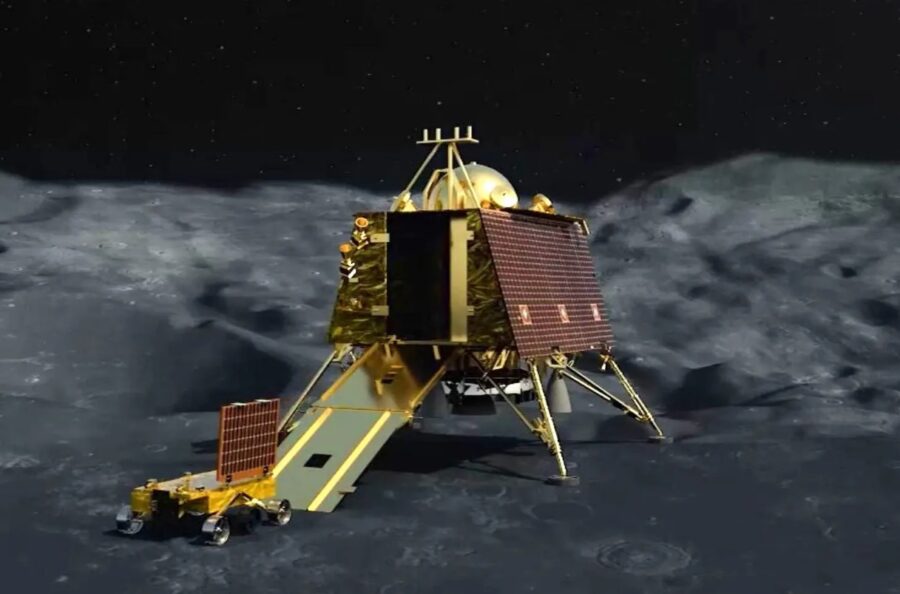
India has become the first country to successfully land a spacecraft on the south pole of the moon. Chandrayaan-3 aimed to land in an area of the lunar surface that contains deep craters filled with water ice. It touched down six weeks after launching on board a rocket from a spaceport in Andhra Pradesh. Mission control at Satish Dhawan Space Center celebrated the successful landing with cheers and joy.
“This is a historic moment, and for every Indian, we are all very proud” : PM Modi on Chandrayaan-3’s soft landing
Prime Minister Narendra Modi joined a conference call at the space center to watch the landing and waved an Indian flag as the spacecraft touched down.
Making a triumphant speech to the Space Research Organization, he said: “This is the heartbeat of 1.4 billion people. This is the new India, the new beginning, the new thinking, and the new efforts.
“This is a feature of the shine of India—we made a promise and we made it true on the surface of the moon.”
“This is a historic moment, and for every Indian, we are all very proud.”
“India’s successful moon mission is not just India’s alone,” he continued, turning his focus to the rest of the world.
“We can all reach for the stars and beyond.”
He stated that India will now investigate a potential human flight mission to the moon.
Chandrayaan-3 will be operational for two weeks to conduct a series of experiments
Following its successful landing, Chandrayaan-3 will be operational for only two weeks, during which time it will conduct a series of experiments to establish the mineral composition of the moon’s surface.
A rover, which will be launched by the spacecraft’s two-meter-high lander, will conduct most of the job.
Water ice is of particular interest to scientists since it might be utilized for fuel, oxygen, and drinking water – with the mission laying the framework for a prospective permanent presence.
India’s successful landing follows Russia’s Luna-25 spacecraft crashing into the moon while attempting to beat India to the unexplored lunar south pole.
Previous attempts by India have also failed, owing to the rugged terrain of the South Pole, which makes landing difficult.
